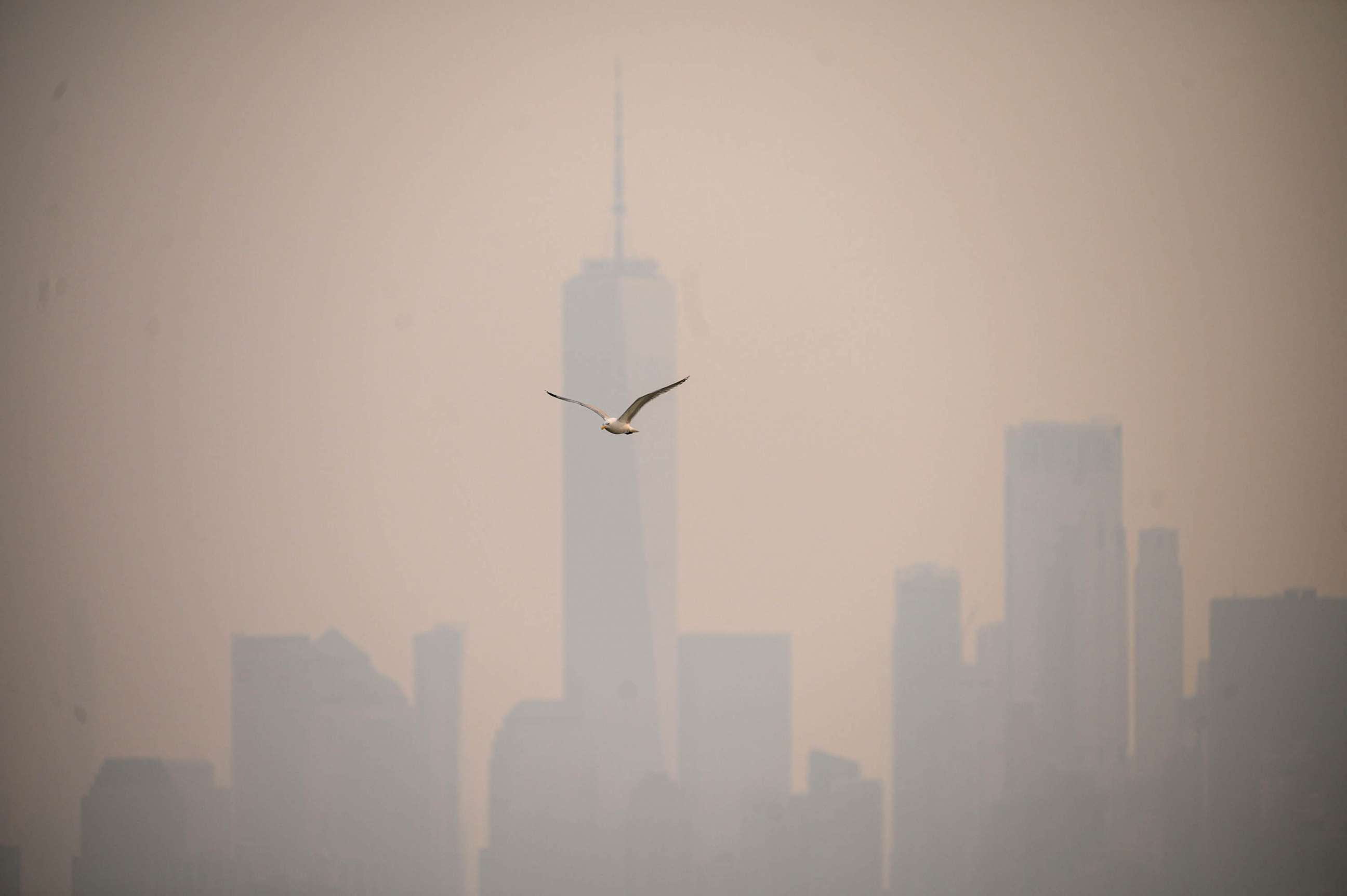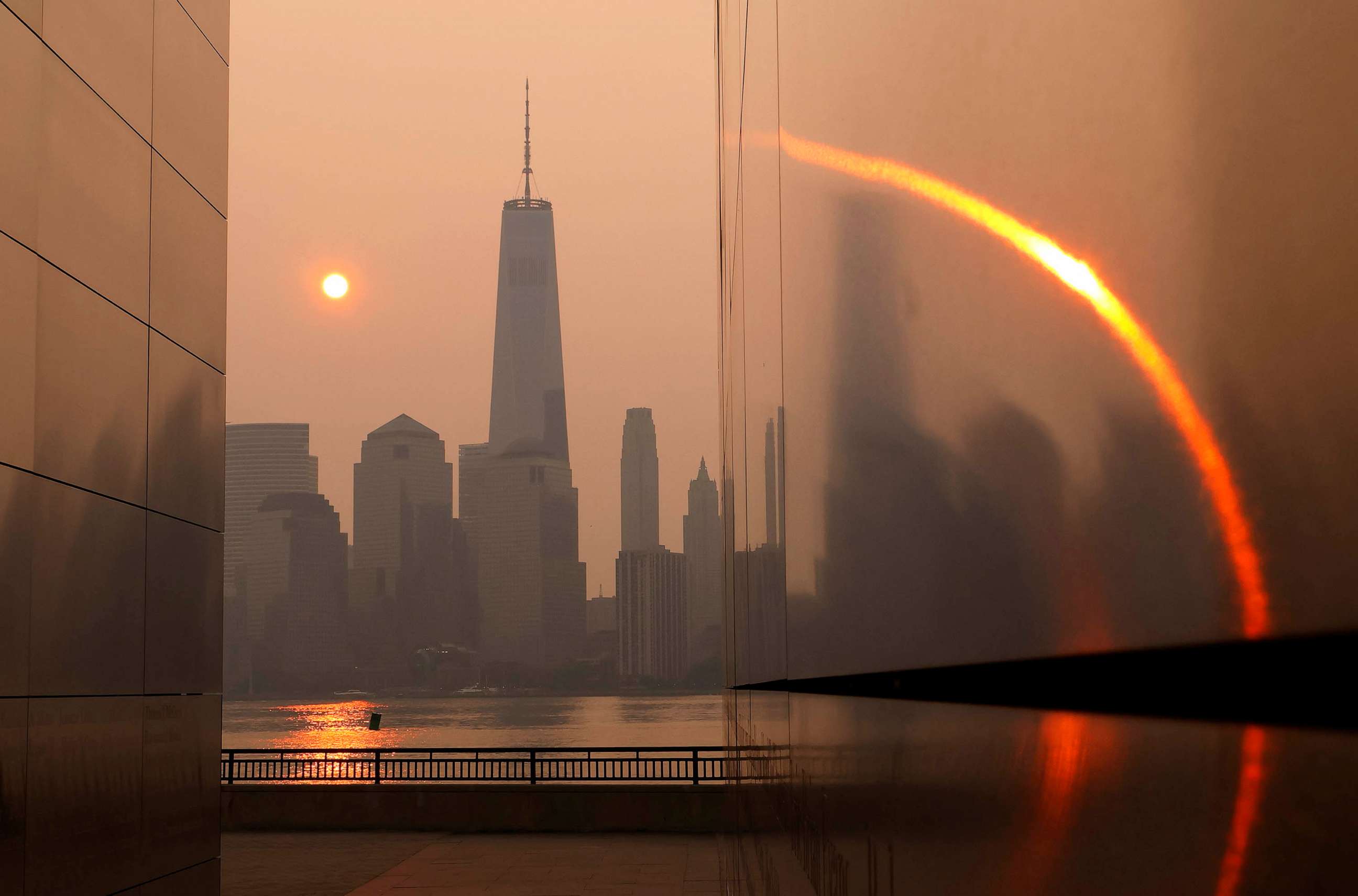How to stay safe from wildfire smoke
The most effective way to protect yourself during wildfire emergencies is to stay indoors or limit time outdoors when there is smoke in the air, according to the Centers for Disease Control and Prevention. This is especially important for those with heart or lung conditions who are at higher risk for adverse health effects.
If you can, try to avoid exercising outdoors until the air quality improves, especially those with underlying lung disease.

"People with asthma and people who already have lung disease or underlying lung problems, it can exacerbate that, it can irritate that. And if the air quality is bad enough, it can even cause some symptoms of feeling unwell and respiratory symptoms in people who are healthy," said Dr. Stephanie Widmer, a member of ABC News' Medical Unit.
Pregnant people should also try to avoid spending time outdoors, especially those who are further along, Widmer said.
You should wear a mask that covers your nose and mouth, fits tightly to your face and can filter out smoke or ash particles before you breathe them in, according to the CDC. N95 or P100 masks can help protect your lungs from smoke or ash.
Click here for more tips on how to stay safe.
-ABC News' Nadine El-Bawab and Youri Benadjaoud







